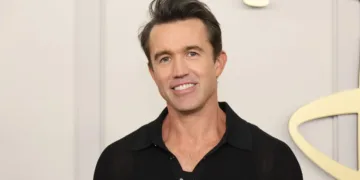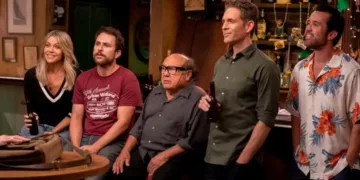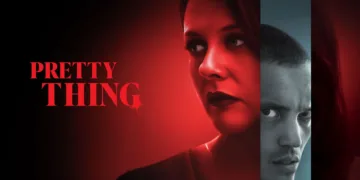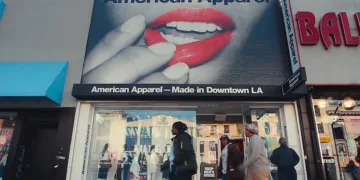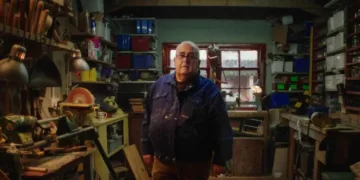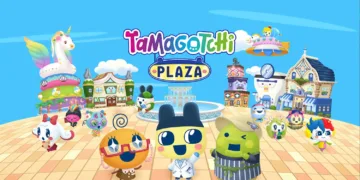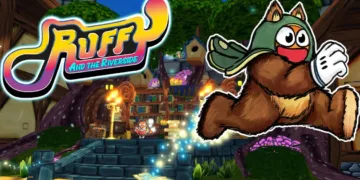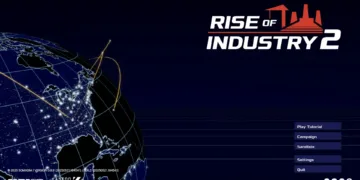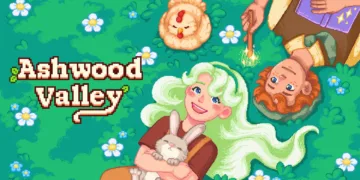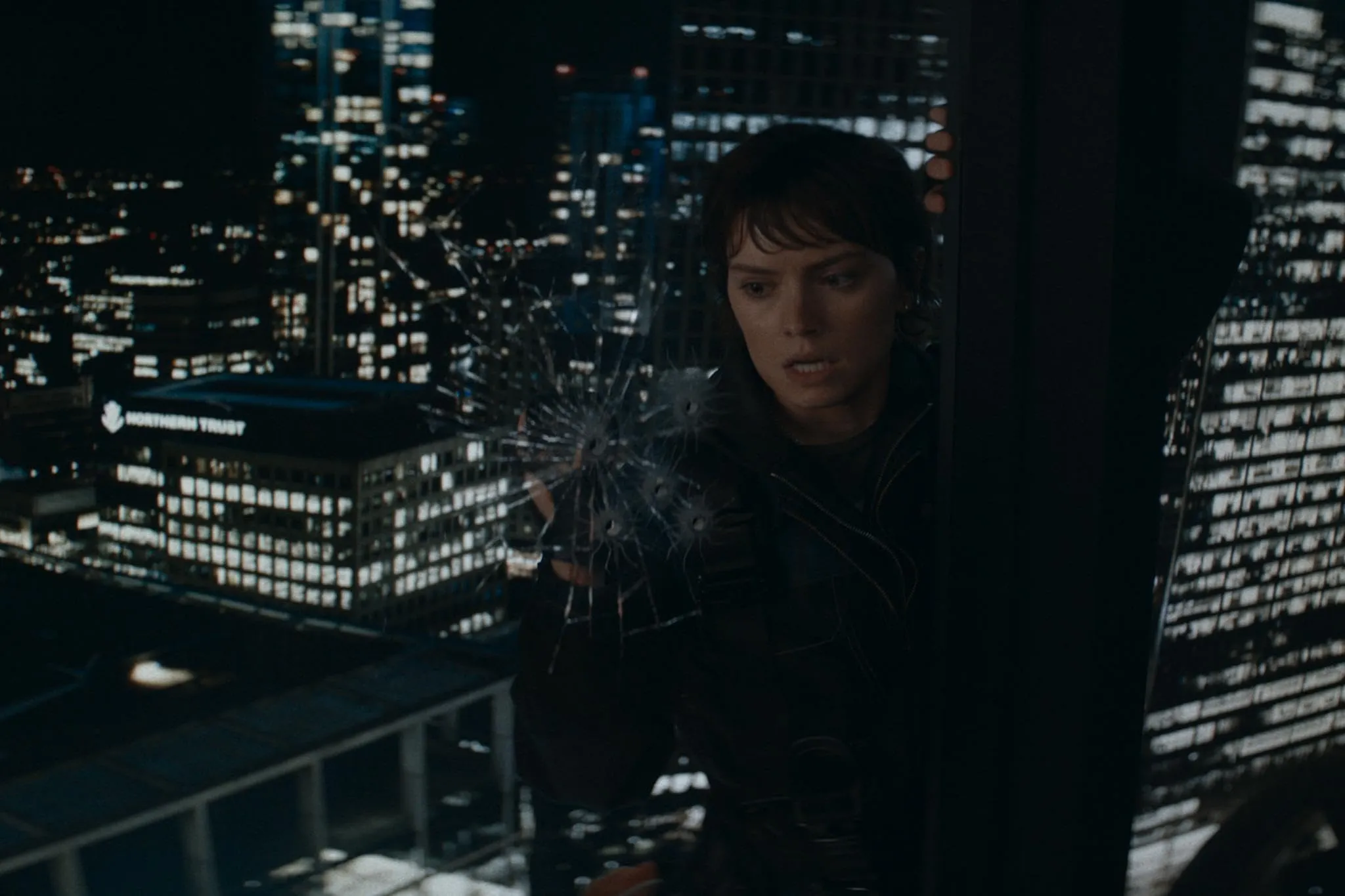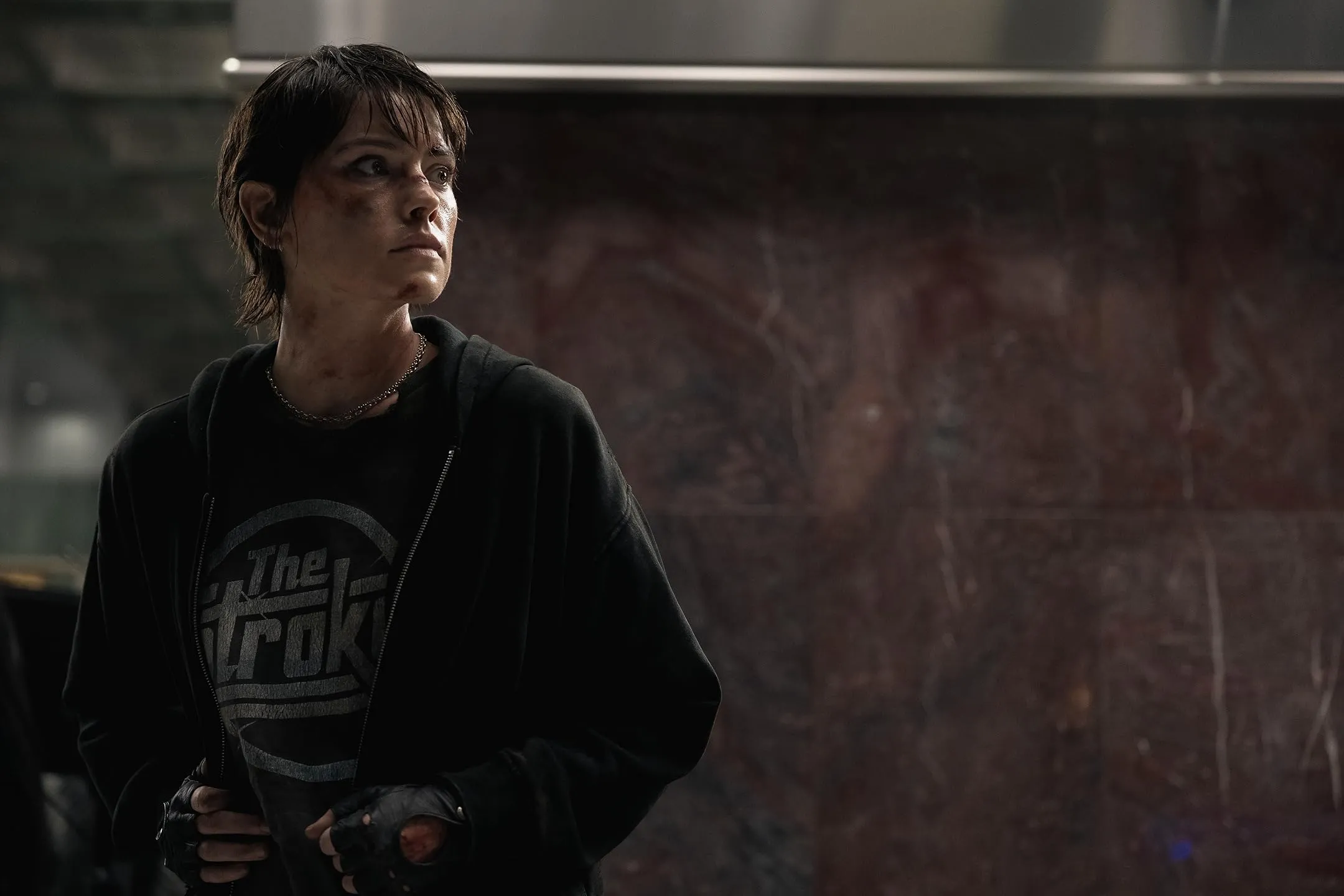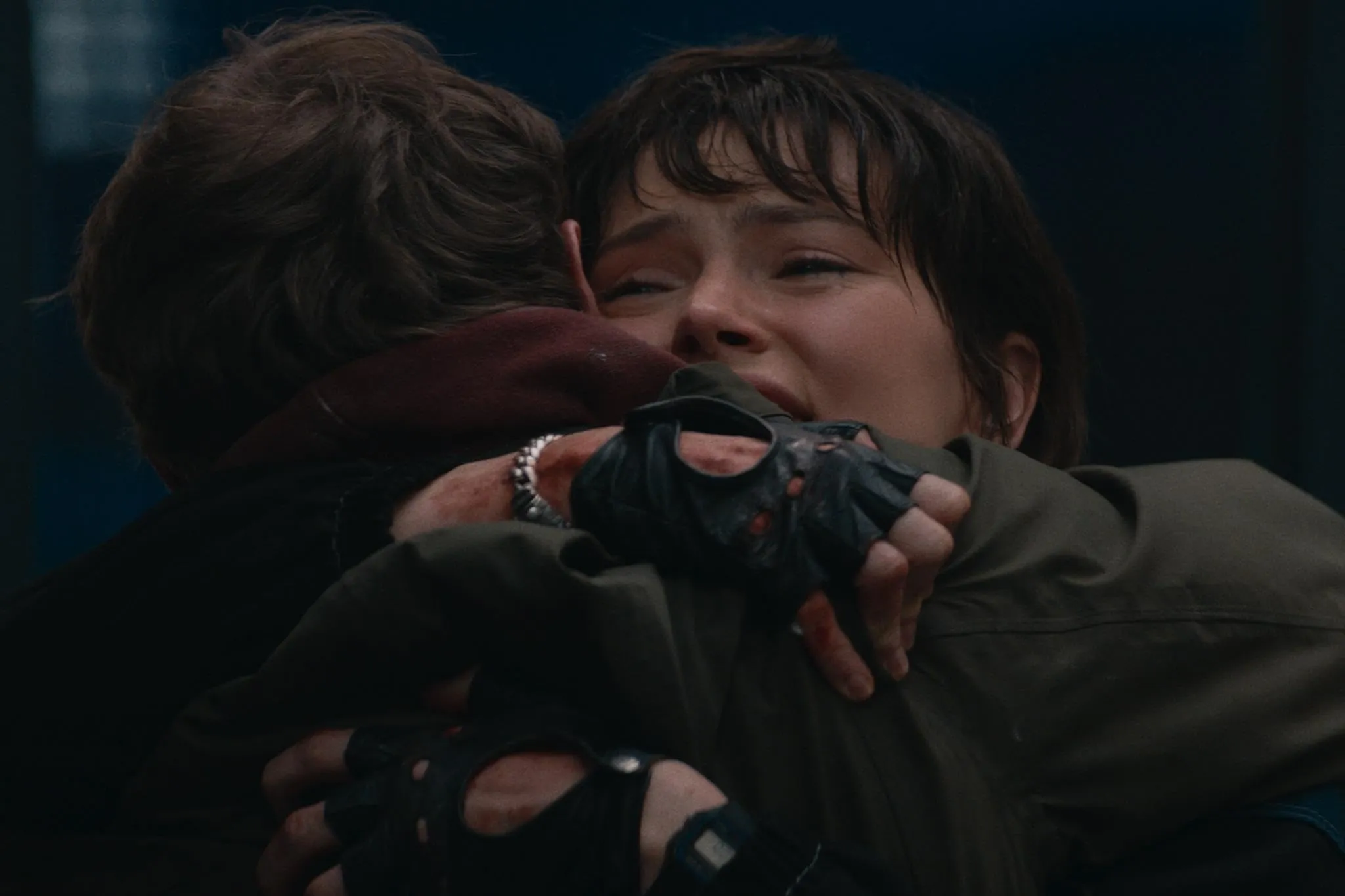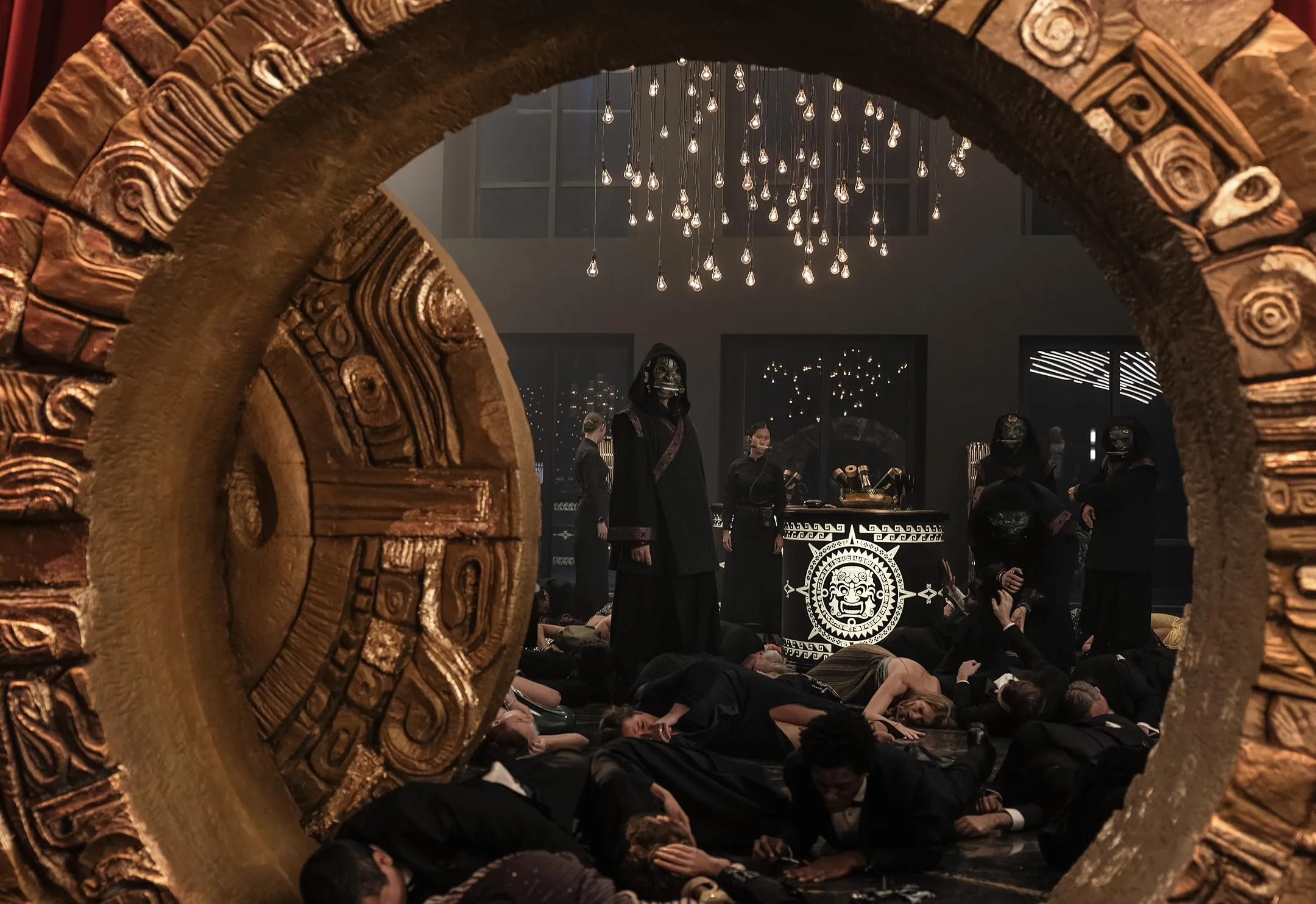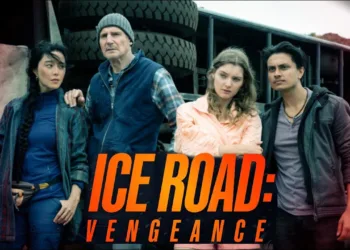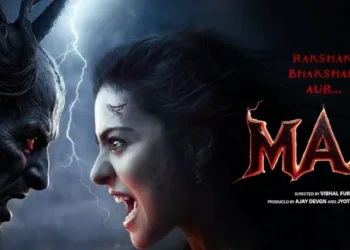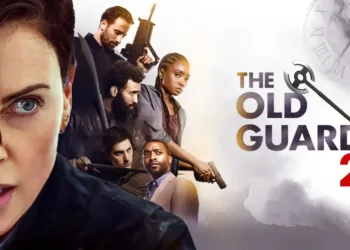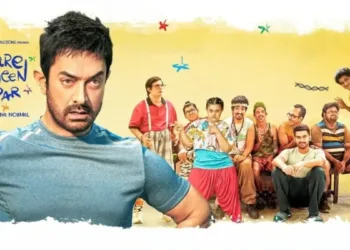A solitary figure dangles amid the urban sprawl, a window cleaner whose fragile perch on a skyscraper becomes the stage for a chaos that seems to mirror the human experience. In a modern London, where glass and steel stand like silent guardians, the film presents a moment where a routine task is suddenly transformed into a dramatic scenario.
Here, cleaning windows shifts from a mundane task to a powerful symbol of solitude and vulnerability against an imposing corporate structure.
The story emerges through a world where familiar high-rise conflict themes are explored with fresh perspective. The film observes common situations with subtle intelligence, aware of its narrative limitations while exploring the tension between dark comedy and raw emotion.
A sense of resigned acceptance flows through the dialogue and imagery, provoking thoughts about personal duty, sacrifice, and hidden struggles. Within its polished visuals and precise scenes, the film subtly examines whether survival might reflect a deeper, more complex internal battle.
Chronicles of Unraveling Fate
The story unfolds as a gradual plunge into disorder, tracking Joey from her modest origins to a desperate resistance against an impending threat. The narrative begins with her initial scene—a lone figure cleaning a towering glass surface—then erupts into sudden terror disrupting corporate calm.
Early moments seed unease, establishing a delicate equilibrium between everyday life and potential catastrophe. Tension rises, with each story beat matching the slow drip of time, punctuated by moments of sharp panic and uneasy stillness.
A distinctive quality emerges through calculated plot mechanisms that feel both accidental and intentional. Joey’s unexpected skills, combined with her brother’s specialized knowledge, create a scenario where fate seems to align their capabilities with the unfolding emergency.
This intersection of chance and necessity prompts reflection: do extraordinary skills emerge during moments of crisis, or is this merely a storytelling technique? Joey suspended on a precarious platform outside the building becomes a symbol of human vulnerability, where routine actions can quickly transform into extraordinary circumstances.
A transformation occurs with an unexpected shift among antagonistic forces, reconfiguring the villain hierarchy in ways that surprise the audience. This twist attempts to inject energy into a potentially predictable structure. The plot’s framework invites contemplation of destiny and unpredictability, echoing questions that hover between each scene.
Shadows of the Self
Joey stands as a character suspended between memory fragments and present challenges. Shaped by military discipline, she now balances on the edge of survival—a window cleaner whose movements reveal battles fought both externally and internally.
Her sense of commitment, rooted in responsibility to her brother, infuses each action with a delicate strength amid crisis. Her physical movements while climbing a glass structure mirror her inner struggle—a tension between ingrained combativeness and the vulnerability of a protective sibling carrying deep emotional wounds.
Michael, her brother, emerges with genuine complexity. His presence provides a quiet counterbalance to surrounding chaos, representing neurodivergence not as a defining trait but as an integral part of their shared experience.
Their relationship weaves through unspoken pain and mutual reliance, depicting familial connections tested by time and hardship. Interactions with authorities and secondary characters expose glimpses of Joey’s troubled history—a narrative marked by remorse and a search for personal redemption—which she struggles to integrate with immediate survival needs.
The eco-terrorist leaders occupy a space of ethical complexity. Marcus, with calculated idealism, and Noah, whose passion borders on zealotry, present antagonists that challenge simplistic notions of good and evil.
Their motivations, seeking to confront systemic problems, explore deeper questions about justice and the consequences of radical beliefs. Their conflicting ideologies probe the human capacity for both destruction and healing, inviting viewers to examine the nuanced nature of conviction.
Reflections on Visual Resonance and Directorial Craft
Martin Campbell crafts a film balancing kinetic spectacle with contemplative narrative rhythm. His extensive background shapes a tempo where intense action bursts intersect with quiet, almost sacred moments. Campbell creates sequences that echo an urban heartbeat—a controlled chaos symphony pulsing through each scene.
The visual storytelling emerges through stark contrasts: expansive views of glass and steel buildings blend with intimate close-ups revealing human vulnerability. Scenes depicting the protagonist clinging to a skyscraper’s surface shimmer between raw realism and visual poetry.
Computer-enhanced imagery simulating dizzying heights reveals creative strategies working within limited resources, prompting thoughts about perception and human fear.
Production design roots the ethereal aesthetic with concrete settings. The building’s interior hallways and exterior spaces function as both battlefield and refuge, their details crafted with precise spatial awareness. Practical effects transform the high-rise into a living structure—a space where human weakness and strength collide. Each frame explores contrasts, reflecting the intricate layers of human experience.
Kinetic Tempest on a Glass Frontier
Each confrontation pulses with visceral energy, revealing a raw struggle beneath physical movement. Hand-to-hand combat against an unforgiving urban landscape unfolds with deliberate weight; each strike seems to carry the burden of past wounds.
The protagonist moves with an intensity born from harsh experiences, executing each motion to reflect both physical skill and internal turmoil. Her gestures speak of an existence balanced between despair and commitment.
The skyscraper becomes a treacherous stage where gravity acts as an indifferent judge. Suspended between fatal heights and immediate threat, the film uses vertical spaces to heighten dramatic tension. Exterior action sequences employ practical effects, using glass and steel geometries to create an atmosphere of imminent danger.
A distinctive rhythm emerges, alternating between explosive conflict and brief moments of silence. These quiet intervals create fragile spaces for reflection amid survival’s relentless pressure. Violence and stillness intertwine, exploring human vulnerability through physical struggle.
Echoes of Dissent and Burdened Redemption
The film creates a contemplative scene where environmental activism reflects internal conflicts, exploring the essence of resistance in a world of indifference. Portrayals of ecological protest challenge standard perspectives, presenting characters with complex motivations.
Their actions, rooted in uncompromising belief, prompt reflection on the boundary between moral passion and self-destruction. This depiction intertwines planetary struggle with human disillusionment—a deep contradiction weighing on both emotion and consciousness.
Joey’s story weaves through this social commentary, revealing a personal search for redemption. Her protection of her brother becomes a symbol of healing amid disorder. The emotional weight of past mistakes and quiet determination to overcome them emerge with raw emotional honesty, questioning the meaning of personal responsibility.
Corporate corruption and systemic oppression form a backdrop for modern restlessness, exposing the impact of unchecked institutional power. This cinematic exploration of resistance and human vulnerability probes the structures shaping collective experience, illuminating the profound cost of genuine commitment.
The Review
Cleaner
A somber reflection on human frailty and duty set against a dazzling urban backdrop, this film unites moments of striking visual tension with a narrative burdened by familiar tropes. Its measured choreography of conflict and intimate character struggles offer thoughtful meditations on redemption and societal malaise, even as the storyline stumbles under its own contrivances. A resonant if imperfect exploration of existential quandaries, the film leaves an indelible mark for viewers attuned to its darker undercurrents.
PROS
- Striking visual design
- Poignant character portrayal
CONS
- Familiar narrative beats
- Underutilized secondary figures
- Uneven pacing in parts
- Occasional visual shortcomings



















